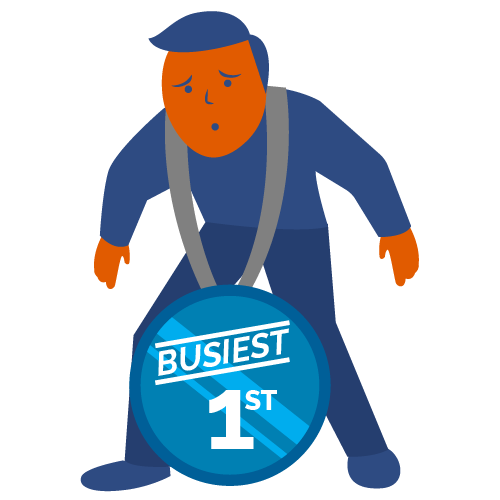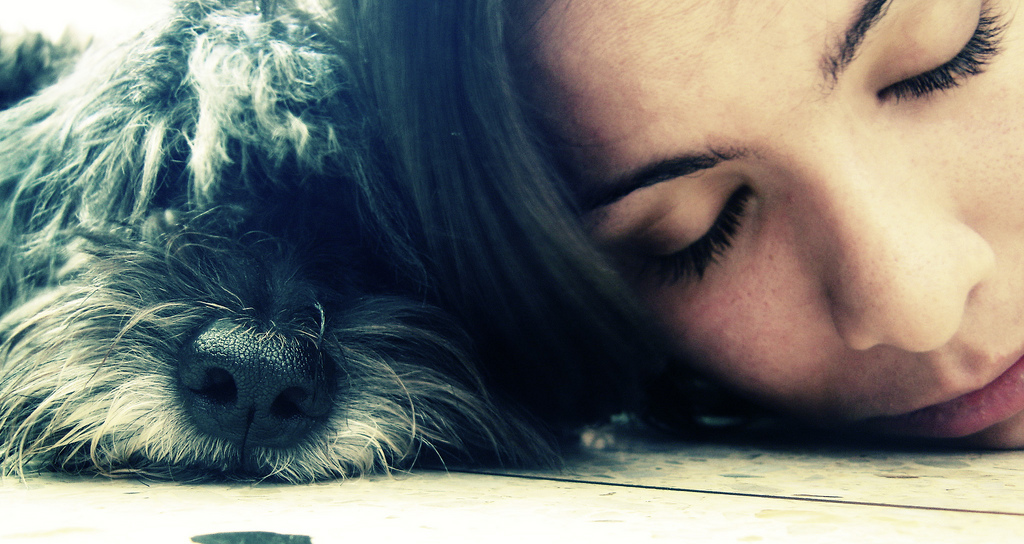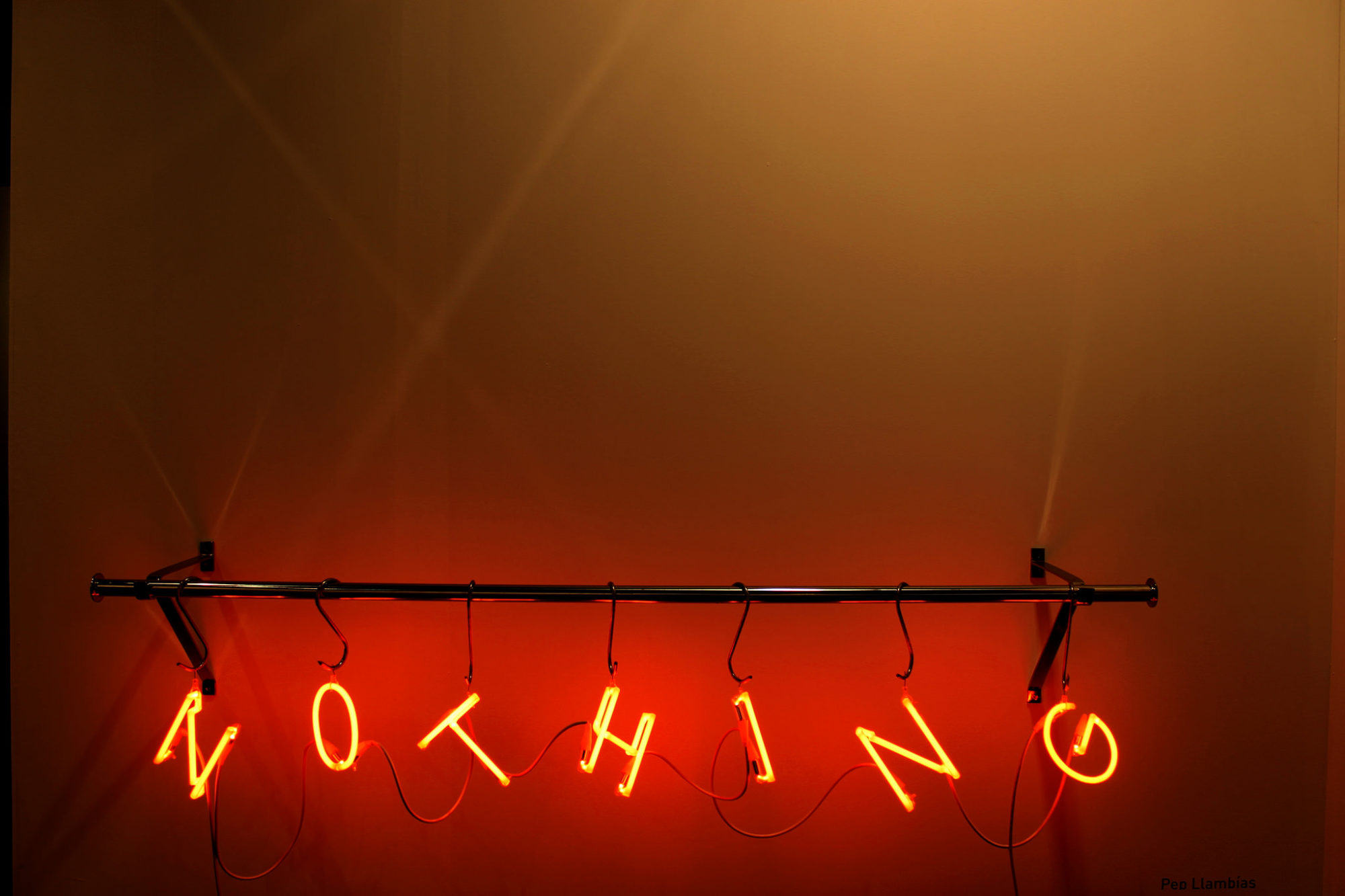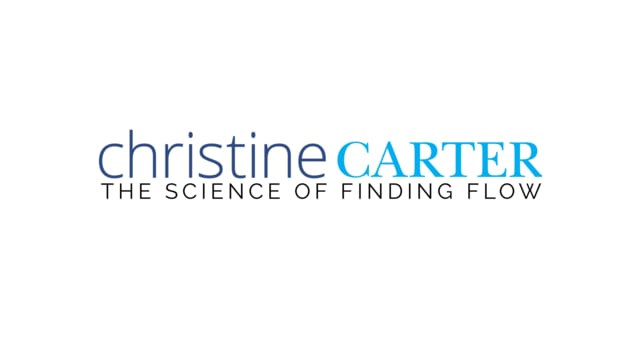Slacking-off has several obvious benefits. For starters, we human beings need stillness in order to recharge our batteries. The constant stream of external stimulation that we get from our televisions and computers and smartphones, while often gratifying in the moment, ultimately causes what we explored in Unit 4: “cognitive overload.” May I remind you that this state of feeling overwhelmed impairs our ability to think creatively, to plan, organize, innovate, solve problems, make decisions, resist temptations, learn new things easily, speak fluently, remember important social information (like the name of our boss’s daughter, or our daughter’s boss), and control our emotions. In other words, it impairs basically everything we need to do in a given day.
In our fast-paced and technology-driven culture, we (and our employers) sometimes forget that we are humans, not computers. Like other animals, humans are governed by circadian and ultradian rhythms. Most people are familiar with the concept of our circadian rhythms. In the twenty-four-hour period when the sun rises and sets, we sleep and wake in predictable cycles. When we travel into different time zones, our circadian rhythms get out of whack, and as a consequence our lives can also feel similarly discombobulated.
Our brains and bodies also cycle in “ultradian rhythms” throughout the day and night. An ultradian rhythm is a recurrent period or cycle that repeats throughout the twenty-four-hour circadian day, like breathing or our heartbeat.
You’re probably familiar with the idea that we don’t just sleep in a singular, steady state. We cycle between dreaming and various types of non-dreaming sleep states of consciousness. There are five different stages of the sleep cycle, each stage identifiable by different brain-wave patterns. For example, Stage 1 sleep is characterized by slow theta waves, while Stage 4 sleep, which is deep and dreamless, is characterized by even slower delta waves.
Our brain-wave patterns also cycle when we are awake. About every hour and a half to two hours, we experience a significant “ultradian dip,” when our energy drops and sleep becomes possible. When we work through these dips—relying on caffeine, adrenaline, and stress hormones to keep us alert instead of letting our bodies and brains rest, we become anxious and jittery, and our performance falters.
When we ignore our body’s natural rhythms, we create a state of chronic jet lag for ourselves, which over time leads to clinical levels of depression and anxiety, stress-related disease, and a myriad of substance-abuse problems (as we self-medicate to stay alert and to “rest”).
I could venture further into the neuroscience of letting your brain rest, but I’m guessing you understand the point I’m making intuitively. Instead of expounding on the science of the blazingly obvious, I’m going to ask you to trust what you already know: Your brain can’t function optimally (or even at a mediocre level) if you ask it to work 24/7. No athlete would dream of training for 16 hours a day. You will not find your flow if you keep your brain busy all the time.
Moreover, we actually can’t keep our brains focused all the time. This is something you know intuitively; when you are trying to focus, often your mind will wander, of course. Research shows that the average person’s mind wanders for 47% of the day. So despite your attempts at 100% productivity, our brains constantly switch into mind-wandering mode (more on this in the next post).
This has huge huge huge practical implications for our attempts to focus, which we will tackle next!
This post is from a series about “strategic slacking” from the “Science of Finding Flow,” an online course I created as a companion to my book The Sweet Spot: How to Accomplish More by Doing Less. Want to go on to the next class or start the course from the beginning? It’s free! Just go to The Science of Finding Flow course page. Enjoy!










